Fundamental Concepts in Organic Reaction Mechanism
Fundamental Concepts in Organic Reaction Mechanism: Overview
This Topic covers sub-topics such as Organic Reactions and Mechanisms, Nucleophilicity, Nucleophiles, Electrophiles, Electrophilicity, Reaction Mechanisms, Reagents in Organic Chemistry, Organic Reactions, Strong Nucleophiles and, Weak Nucleophiles
Important Questions on Fundamental Concepts in Organic Reaction Mechanism
Correct order of rate hydrolysis or rate of reaction towards AgNO3 for following compounds is:
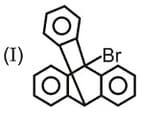
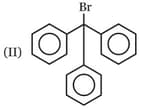


Write correct order of stability of following carbocations :
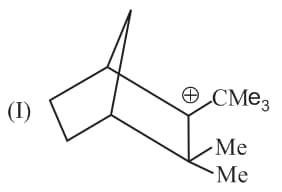
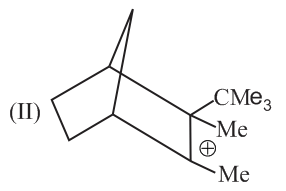
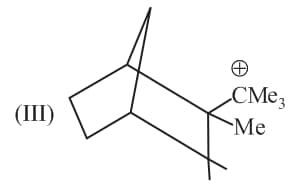
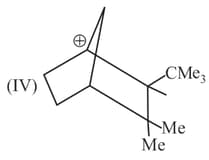
Rank the following free radicals in order of decreasing stability:

The correct stability order for the following species is


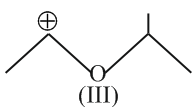
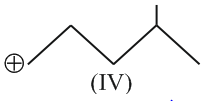
Which of the following has the highest nucleophilicity?
Using curved-arrow notation, show the formation of reactive intermediates when following covalent bond undergo heterolytic cleavage.
Using curved-arrow notation, show the formation of reactive intermediates when following covalent bond undergo heterolytic cleavage.
Using curved-arrow notation, show the formation of reactive intermediates when following covalent bond undergo heterolytic cleavage.
The correct order of the stability of carbocation is:

The major product for the following reaction is :

Compound from the following that will not produce precipitate on reaction with is
The decreasing order of hydride affinity for following carbocations is:
(a) 
(2) 
(3) 
(4) 
Choose the correct answer from the options given below:
Arrange the following according to their stability
The most stable carbocation among the following is:
Why less nucleophilic than ?
Among the following carbocations, the order of stability is :
Arrange the following in decreasing order of their stability.

Why vinyl carbanion is more stable than methyl carbanion
The stability order of the following carbocations is
For the reaction under consideration alkyl has been found most favourable alkyl group. Which of the following attacking species will give the best yield in the reaction?
